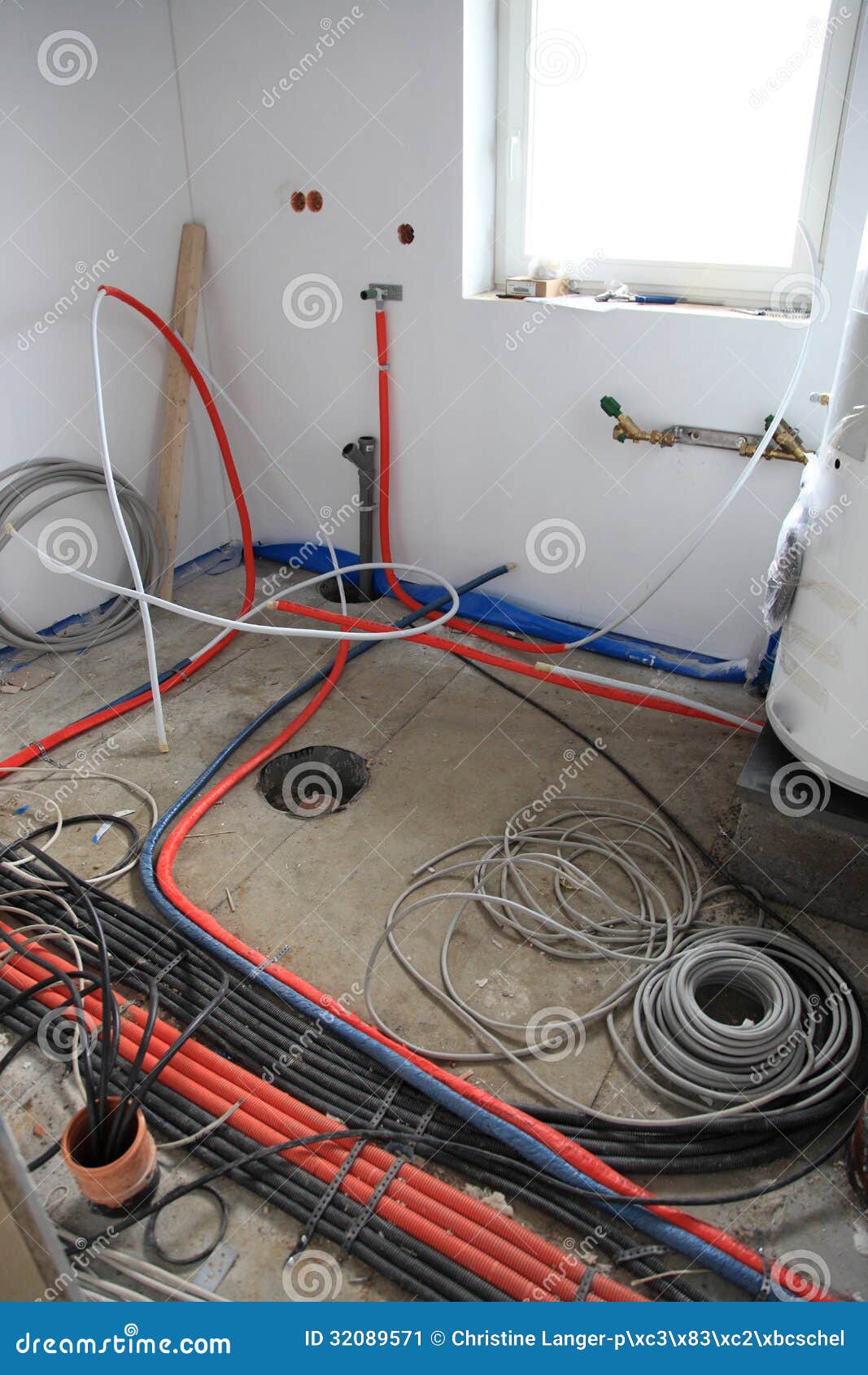Advanced BRE Automation Australia: Changing Your Automation Demands
Advanced BRE Automation Australia: Changing Your Automation Demands
Blog Article
Demystifying Electrical Installation: Comprehending Codes and Laws for a Lawful and Safe Arrangement
In the world of electrical installment, adherence to codes and guidelines is critical to ensure both validity and safety and security. The journey to debunking electrical setup goes beyond simple familiarity with laws; it necessitates an extensive understanding of exactly how to apply safe electric techniques efficiently.
Relevance of Electrical Codes
The adherence to electric codes is essential in making certain the safety and dependability of electric setups. Electric codes work as a set of criteria and standards that dictate the correct design, installment, and maintenance of electrical systems. These codes are developed to reduce the danger of electric hazards, fires, and other safety and security concerns that may develop from faulty electrical job.

Moreover, electrical codes are frequently updated to include new technologies, ideal practices, and precaution. Staying upgraded with these codes is vital for professionals in the electric industry to make sure that their work fulfills the most up to date safety and security requirements. Ultimately, the value of electrical codes depends on creating a secure and efficient electric infrastructure that benefits both people and communities.
Secret Regulations for Security
Numerous essential laws govern the security criteria in electrical setups. One key policy is the National Electric Code (NEC), which provides guidelines for secure electrical style, installment, and inspection to secure individuals and home from electric hazards. The NEC covers elements such as circuitry methods, grounding, overcurrent security, and devices installment to guarantee a risk-free electric system.
Another essential guideline is the Occupational Safety And Security and Health Administration (OSHA) criteria, which concentrate on the safety of workers associated with electric installations (BRE Services). OSHA policies include needs for correct training, safety procedures, and personal protective equipment to stop office crashes and injuries
Moreover, the International Electrotechnical Compensation (IEC) criteria intend to integrate electric setup guidelines on a worldwide range. These criteria address go to this web-site problems like electrical devices security, electro-magnetic compatibility, and power performance to advertise uniformity and safety in electrical installations worldwide.
Compliance with these essential guidelines is crucial to ensure the safety and legitimacy of electrical installations, safeguarding both people and residential property from the risks connected with electrical my review here energy.
Comprehending National Electric Code
Key regulations such as the National Electric Code (NEC) give essential guidelines for secure electrical design, installation, and examination to ensure the defense of people and residential or commercial property from electrical hazards. The NEC, additionally recognized as NFPA 70, is a thorough set of criteria for electric installments that are upgraded every 3 years. It is established by the National Fire Protection Association (NFPA) and is extensively embraced across the USA.
The NEC covers different facets of electrical job, including circuitry methods, grounding, overcurrent defense, and equipment installment. It aims to safeguard individuals and residential property by attending to prospective threats related to electrical systems. Conformity with the NEC is commonly implemented by neighborhood authorities having jurisdiction (AHJs), such as developing code officials and examiners.
Understanding the NEC is critical for electrical specialists, designers, and examiners to guarantee that installations satisfy the necessary security demands. By adhering to the NEC standards, professionals can aid prevent electrical accidents and guarantee the dependability of electrical systems in domestic, industrial, and industrial settings.

Conformity With Regional Building Regulations
Understanding and adhering to neighborhood structure codes is vital for making certain the safety and compliance of electric installments within a particular jurisdiction. These codes lay out specific demands for electric installments, such as the type of electrical wiring to be made use of, positioning of outlets, basing approaches, and load capabilities.
When it comes to electric installments, failing to conform with local building codes can result in significant effects. Non-compliant setups may position safety hazards, increase the threat of electric fires, and lead to expensive fines or legal issues.
Ensuring Safe Electric Practices
Exercising rigorous adherence to developed security methods is critical in the click this field of electric installations to mitigate potential threats and make certain the health of people and properties. Safety in electric job includes various aspects, starting with the correct training of employees included in setup, maintenance, and repair. By prioritizing safe practices, electric installments can work efficiently while decreasing the chance of crashes or damage.
Conclusion
To conclude, adherence to electric codes and guidelines is important for guaranteeing the safety and legality of electric setups. Comprehending the National Electric Code and compliance with local building regulations are necessary for a safe arrangement. By complying with these standards and practicing risk-free electrical techniques, people can stop prospective hazards and ensure the correct performance of their electrical systems.
Report this page